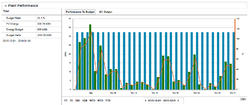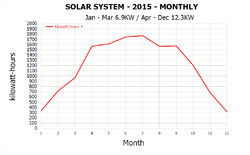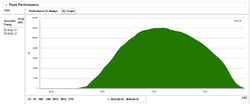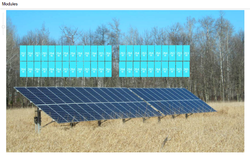Have you used this site to see the sun zenith at your location? Type in the address and date.
http://www.solartopo.com/solar-orbit.htm
I have about a 6 week period before and after the winter solstice when I get shading from trees. On Nov 10 the sun zenith is 25.96 degrees, today (Nov 24) it is 22.57 degrees, and on Dec 22 it is 19.64 degrees. Similarly, Jan 22 - 23.16 degrees, and Feb 4 - 26.54 degrees. The shading is nearly all in the morning, until about 10:00 - 10:30am within this period. While there is shading, the sun angle is so low that the shading has little impact on daily production.

http://www.solartopo.com/solar-orbit.htm
I have about a 6 week period before and after the winter solstice when I get shading from trees. On Nov 10 the sun zenith is 25.96 degrees, today (Nov 24) it is 22.57 degrees, and on Dec 22 it is 19.64 degrees. Similarly, Jan 22 - 23.16 degrees, and Feb 4 - 26.54 degrees. The shading is nearly all in the morning, until about 10:00 - 10:30am within this period. While there is shading, the sun angle is so low that the shading has little impact on daily production.

Last edited by a moderator:







